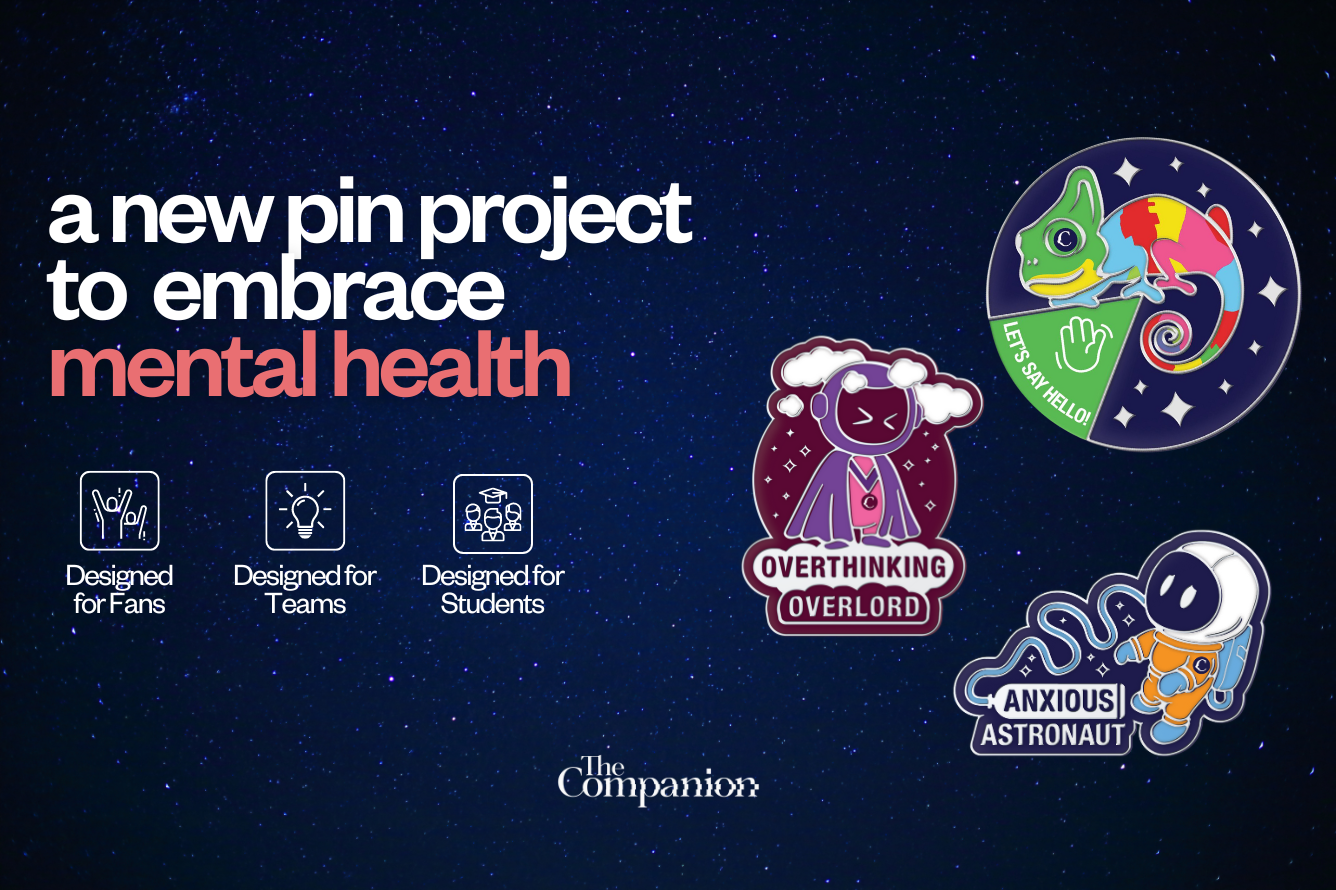Since the dawn of Star Trek, we’ve witnessed all kinds of fantastical methods that enable characters and spacecraft to travel vast distances.
The extra-galactic Caretaker dragged USS Voyager more than 70,000 light-years into the distant Delta Quadrant at the start of the series (Star Trek: Voyager premiere ‘Caretaker’ – S1, Ep1-2). A talking time portal on an alien planet sent Doctor McCoy, Captain Kirk, and Spock hurtling back to Earth in the 1930s (Star Trek: The Original Series episode ‘The City on the Edge of Forever’ – S1, Ep28). The mysterious Traveller used its thoughts to propel USS Enterprise-D to the distant edges of the universe (Star Trek: The Next Generation episode ‘Where No One Has Gone Before’ – S1, E6).
Oh, and steer clear of the Q, wormholes, and other weird-looking space anomalies. They could send you to any place or any time with little warning.
We can’t explain most means of space, time, and interdimensional travel in Trek outside the realm of science fiction – even the existence of wormholes is, at the time of writing at least, theoretical.

But one is based on real-world science (well, to some extent), and that’s Star Trek: Discovery’s mycelial network. USS Discovery’s astromycologist Paul Stamets calls this network “the veins and muscles that hold our galaxies together” (Star Trek: Discovery episode ‘Context Is for Kings’ – S1, Ep3), and it enables the ship to travel through space – and venture into alternate universes.
According to Tor.com, the show’s executive producer and co-showrunner, Aaron Harberts, revealed that Discovery’s mycelial network is based on ideas from a book published in 2005 called Mycelium Running by mycologist Paul Stamets. (That’s right, USS Discovery’s Paul Stamets is named after a real scientist.) Mycelium Running is about how to grow mushrooms but, like the networks it describes, it branches out to become what Stamets calls “a mycological manual for healing ecosystems.”
This isn’t the first time Star Trek’s creators have taken a seed of science fact and developed it into science fiction. But to what extent is Discovery’s network truly based on our knowledge of mycelial networks here on Earth?
The Mycelial Network in Star Trek: Discovery
First, let’s take a quick tour of Discovery’s mycelial network. It exists in a domain of subspace that spans not only the known universe but also the multiverse and other quantum realities. It contains the mycelium of the fungus Prototaxites stellaviatori.
Prototaxites are an actual fungus from Earth, but they last existed here 470 to 360 million years ago. (Stamets includes a fossilized photo of Prototaxites in Mycelium Running, and what appears to be just one branch is way bigger than the man crouched down next to it.)
Captain Gabriel Lorca (Jason Isaacs) best describes the nature of the mycelial network when he asks Michael Burnham (Sonequa Martin-Green) to imagine it as “a microscopic web that spans the entire cosmos. An intergalactic ecosystem. An infinite number of roads leading everywhere.” (‘Context Is for Kings’)

Using an experimental ‘spore drive’ as a kind of organic propulsion system, USS Discovery can travel enormous distances almost instantaneously via the network. As Lorca also explains, “we’re not creating a new way to kill. We’re creating a new way to fly.”
As well as being a seriously cool concept, the mycelial network has plenty of storytelling potential. It enables quick travel over huge distances and allows the ship to gain a significant strategic advantage over its enemies, especially the Klingons.
“That’s how you win the war. And we must win the war. But that’s just the beginning. Imagine the possibilities. Want to see where they’re going? Where they’ve been? Or where they could take us? Hold tight.”
It’s also crucial to the plot of Star Trek: Discovery because the spore drive allows the ship to cross into the truly terrible Mirror Universe (first introduced in Star Trek: The Original Series), where much of the first season’s action takes place.
Mycelial Networks on Earth
To find out what might have inspired Star Trek: Discovery’s fungi superhighway, I spoke to Professor Lynne Boddy, an expert in decomposition and fungal ecology at Cardiff University, about the wonders of mycelium.
The mycelial network in Star Trek: Discovery is visualized as a mass of threads that form a web-like structure. Real mycelial networks might be much smaller (and not painted in the signature neon hues of sci-fi shows), but their structure is the same. “The individual components of the network are called hyphae,” Boddy tells me. “That’s what the mycelium is made up of. Those are the individual bits. Sometimes they come together and aggregate, and that’s when they form bigger networks.”
If you think you’ve never seen a mycelial network, that’s because they’re underground. “Mycelium is the body form of most fungi,” Boddy says. “We only see the fruit bodies, like toadstools. That’s what people usually think about. But that’s just the tip of the iceberg. That’s just like the flowers or the fruits of flowering plants.”

Star Trek: Discovery’s creators have taken this same thinking and mapped it into space. So if you were standing in a forest and looked around you, you wouldn’t see a mycelial network as it’s hidden underground. If you were standing in USS Discovery and looked out of a window into space, you wouldn’t see the mycelial network because it’s hidden in subspace.
Although the mycelial networks on Earth might look similar in structure to those imagined in Star Trek: Discovery, sheer scale is one of the most significant differences. Trek’s mycelial network spans much of the known universe and (somehow) the multiverse, too. But you might still be surprised by the distances our homegrown mycelial networks can reach. “They can grow hundreds of meters,” Boddy says. “They’re the largest organisms on the planet.”
If that’s blown your mind, you’re not alone. Keen to discover the largest mycelial network in the world, I spent hours reading about a Honey Mushroom (Armillaria ostoyae) network, which is currently the largest living organism on Earth – although more are discovered all the time.
Found in the Malheur National Forest, Oregon, US, it occupies 965 hectares, that’s nearly four square miles (10 square kilometers). Not only is this Armillaria ostoyae massive, it’s estimated to be 2,400 years old – but could be up to 8,650 years old.
Boddy showed me maps of real-life networks that spread across entire forests. In one study, fungi were planted on wood blocks dotted in different parts of a forest. Many had grown to join up with others to form more extensive, more effective networks a year later. Boddy says, using the Star Trek example, “you could imagine these different woodblocks and plants and twigs as planets.”
Fascinatingly, those of the same species “fuse” together, whereas those of different species keep their distance. What’s more, Boddy explained there’s evidence mycelia have “something which can be described as memory.” Another experiment placed fungi in a tray, which ‘reached out’ to a small woodblock. When it was placed in a different tray with no woodblock, the network still moved in the same direction to find it. In short, mycelial networks are extraordinary and, in a way, smart – even when spaceships aren’t zipping through them to make a surprise attack on the Klingons.
USS Discovery’s ‘spore drive’ relies on tardigrades (that’s a whole different conversation) and allows the ship to travel through the threads of this network. It’s the network effect of the mycelium in Star Trek: Discovery that makes it so effective. If it was made of just a few threads, it wouldn’t offer the opportunity to traverse across such humongous distances.

A mycelial network here on Earth can also be considered a transportation system. Or “a biomolecular superhighway”, according to Stamets. Mycelial networks transport anything the network and the fungi need to grow. Boddy says this can be water, mineral nutrients, chemical signals, like hormones, energy from sugars, energy from photosynthesis in trees for certain kinds of fungi, and much more.
“We have loads of networks in our everyday lives, like road networks, rail networks, the internet, and more,” Boddy explains. “Mathematicians and physicists have done lots of great work in analyzing networks.” The overall goal is to figure out what makes them more efficient, especially when it comes to fields like city planning. And it turns out we can learn a lot from mycelium. This is why, in Mycelium Running, Paul Stamets (the real one) writes, “I believe mycelium operates at a level of complexity that exceeds the computational powers of our most advanced supercomputers.”
“There’s an important phenomenon about networks, and that’s the single shortest path.” Boddy compares this to needing to get from one side of a city to another. The shortest distance would be to go through the middle, right? But in many cities, that route would be too busy and slow. So the best way would be to go around the ring road instead.
“The shortest path to get somewhere, maybe to move lots of stuff, might not be the shortest distance,” Boddy shows me a diagram of mycelium in which there are one very thin fungal hyphae that connect two other threads. That’s the shortest distance. But right next to it is a big thick cord and traveling that route would mean a greater distance, but it’s the better path to choose. “Because this one is wider, it may be that if you’re trying to shoot nutrients, it’s the quicker way. That’s the shortest path,” she tells us.

Because mycelial networks rely on their interconnectedness, they are also incredibly resilient and adaptable. If one pathway breaks, there’s another one to pick instead. Not only does this mean the network doesn’t suffer if there’s damage, it means it can spread over massive, sometimes inhospitable, terrain.
“If there were horrible conditions in one area, if there was a desert, we might not be able to get there because we couldn’t take in the food or water we need. But with a network, fungi can grow in areas that won’t support their growth on their own. The mycelium helps it to explore these areas because it can take a huge amount of water through this system.”
This goes some way in explaining the effectiveness of Discovery’s network. Allowing ships with the right spore technology to find the best path, even through the most remote areas of subspace.
What Mycelium Can Teach Us About the Cosmos
Mycelial networks in Star Trek: Discovery shares plenty of characteristics with the real ones on Earth. But could we ever conceive of them threading through the cosmos rather than the ground?
Right now, that’s more science fiction than science fact. But in Mycelium Running, Stamets suggests there’s a “mycelium archetype” and draws comparisons between the shape of fungal networks here on Earth and the mycelium-like structure of a spiral galaxy.
What’s more, in a set of computer models (which strike us as a direct influence for the network in Star Trek: Discovery), dark matter is imagined as lacing throughout the universe, tethering galaxies together, which looks just like, you guessed it, a mycelial network.
But even if there is no hypothetical, mycelial network-like structure formed of dark matter and tucked away in the folds of space and time, Stamets is at least betting big on the existence of mushrooms on exoplanets. “I have little doubt that we will eventually survey planets for mycological communities,” he writes.
I’m so interested in the imagined network on Star Trek: Discovery because I believe it can prompt both real-world interest and a basic understanding of mycelial networks here on Earth. “It was a great idea to bring something that’s analogous into Star Trek,” Boddy agrees. The more I’ve learned about mycelial networks, the more I’ve been reminded of a quote from Discovery’s Paul Stamets: “I became an astromycologist because of awe. Awe at the miracle of life.”
Not only is this education in mycelial networks awe-inspiring, but it’s also important. Fungal networks are fascinating, but they’re also vital to the future of Earth, playing a critical role in the decomposition of materials and the health of most plant and tree species. “Without fungi, our planet wouldn’t work,” Boddy says.
This is, I believe, the great power of science fiction. It can transport us light years away from home, into the vast reaches of the cosmos, and show us the fictional wonder of a universal mycelial network so we can better understand, appreciate, and protect the real ones under our feet.
This article was first published on January 12th, 2022, on the original Companion website.
The cost of your membership has allowed us to mentor new writers and allowed us to reflect the diversity of voices within fandom. None of this is possible without you. Thank you. 🙂









